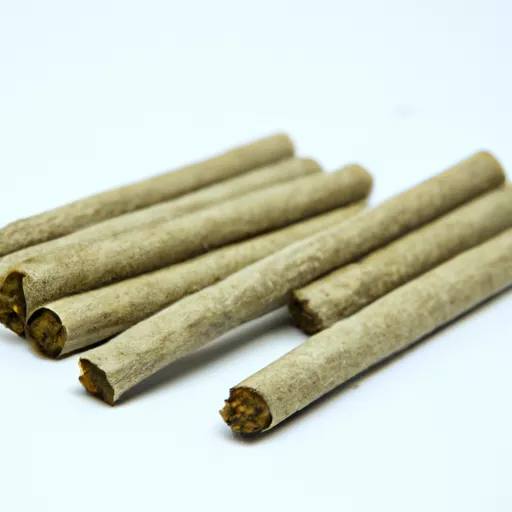
As a frequent cigar smoker, I have always been intrigued by the world of little cigars. These miniature versions of their bigger counterparts may seem unassuming at first glance, but they pack a mighty punch of flavor and complexity. In this article, I will dive into the world of little cigars, exploring their history, characteristics, and why they have gained a loyal following among many cigar aficionados.
Little cigars, also known as cigarillos, are essentially small cigars that are shorter in length and typically thinner in diameter. They are usually made with a blend of tobacco, but can also contain other flavorings and additives to enhance their taste. Due to their smaller size, they are often a more affordable option compared to full-sized cigars. However, do not let their size fool you – little cigars are not to be underestimated.
These small but mighty cigars have a rich history that traces back to the 1800s. In the early 19th century, European cigar makers created the “figurados” – small, typically handmade cigars that were popular among the working class. They were crafted from scraps of tobacco left over from larger cigars, making them an affordable and accessible option for many. Fast forward to the 20th century, and cigarillo production was brought to the United States by European immigrants, who further popularized them among the working class. Over time, cigar manufacturers began to produce more mass-produced cigarillos, making them even more readily available to the general public.
Little cigars come in a variety of styles and flavors, making them a versatile choice for cigar enthusiasts. They are typically available in natural tobacco flavor, but also come in a wide range of other flavor options, including fruity, spicy, and sweet. Some popular flavors include cherry, vanilla, and chocolate, among many others. However, not all cigar enthusiasts are fans of flavored little cigars, as they argue that the added flavors can diminish the natural taste of the tobacco. It ultimately comes down to personal preference, and trying out different flavors is the best way to find your favorites.
One of the key characteristics of little cigars is their smaller size, which allows for a quicker smoke compared to full-sized cigars. This can be appealing to those who do not have the time for a longer smoking session. Little cigars also tend to have a milder flavor compared to full-sized cigars, which can be a draw for beginners or those who prefer a more subtle taste. However, this does not mean that they lack complexity or depth. In fact, some little cigars can offer a surprisingly rich and nuanced experience, despite their small stature.
Another noteworthy characteristic of little cigars is their convenience. Due to their compact size, they are easy to carry around and can be enjoyed almost anywhere. This makes them a popular choice among busy professionals, who can sneak in a quick smoke break during a hectic workday, or on-the-go travelers, who can easily slip a few cigarillos into their luggage. Little cigars are also more affordable compared to full-sized cigars, making them a more accessible option for those on a budget.
Some may argue that little cigars are not “true” cigars, as they are made with shorter filler tobacco and have a different wrapper than traditional long-filler cigars. However, this does not mean that they are of lesser quality. In fact, many cigar manufacturers take great care in crafting their little cigars to ensure a consistent and enjoyable smoking experience. Of course, as with any type of cigar, quality can vary depending on the brand and production process. It is always best to do your research and try out different cigars to find the ones that suit your taste.
One thing to keep in mind when smoking little cigars is that they can burn hotter and faster compared to full-sized cigars due to their smaller size. This can result in a harsher smoking experience if puffed too frequently or too quickly. To avoid this, it is recommended to take your time with each puff and possibly let the cigar cool down between puffs. Some cigar enthusiasts also suggest using a cigar cutter to make a straight cut on the end of the cigar, which can help with the overall burn and prevent a hot and uneven smoke.
In terms of pairing, little cigars can be enjoyed with a wide range of beverages, just like full-sized cigars. Some popular choices include whiskey, rum, and coffee, which can complement the flavors of the cigar. It is also important to consider the potency of the drink, as a strong beverage can easily overpower the delicate flavors of a little cigar. Ultimately, pairing is a matter of personal taste, and experimenting with different combinations is the best way to find the perfect match for your palate.
In conclusion, little cigars have come a long way since their humble beginnings and have earned a loyal following among cigar enthusiasts. They offer a convenient and affordable option for those looking for a quick but flavorful smoke. With their wide range of flavors and easy portability, they are the perfect choice for many smokers. So, if you are a cigar lover looking to try something new, I highly recommend giving little cigars a chance – you may just be pleasantly surprised by their mighty taste. Happy smoking!